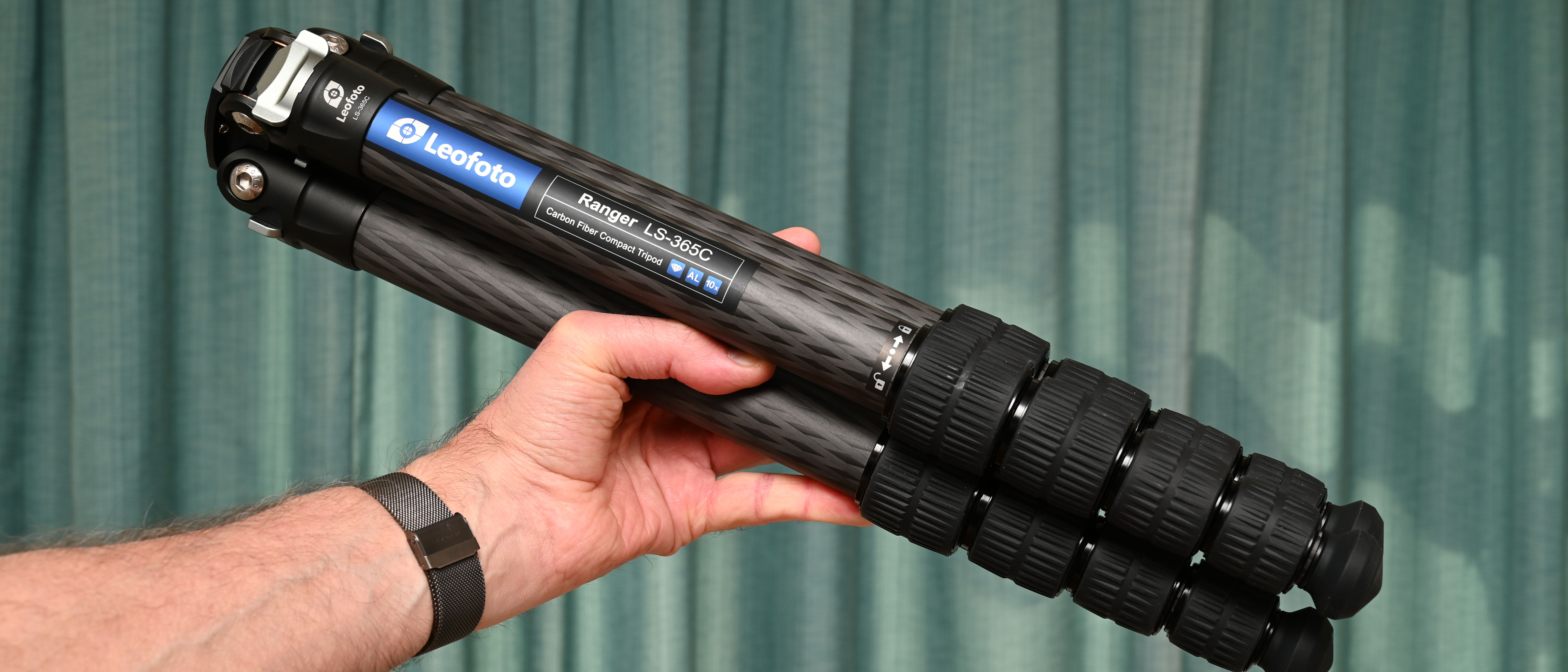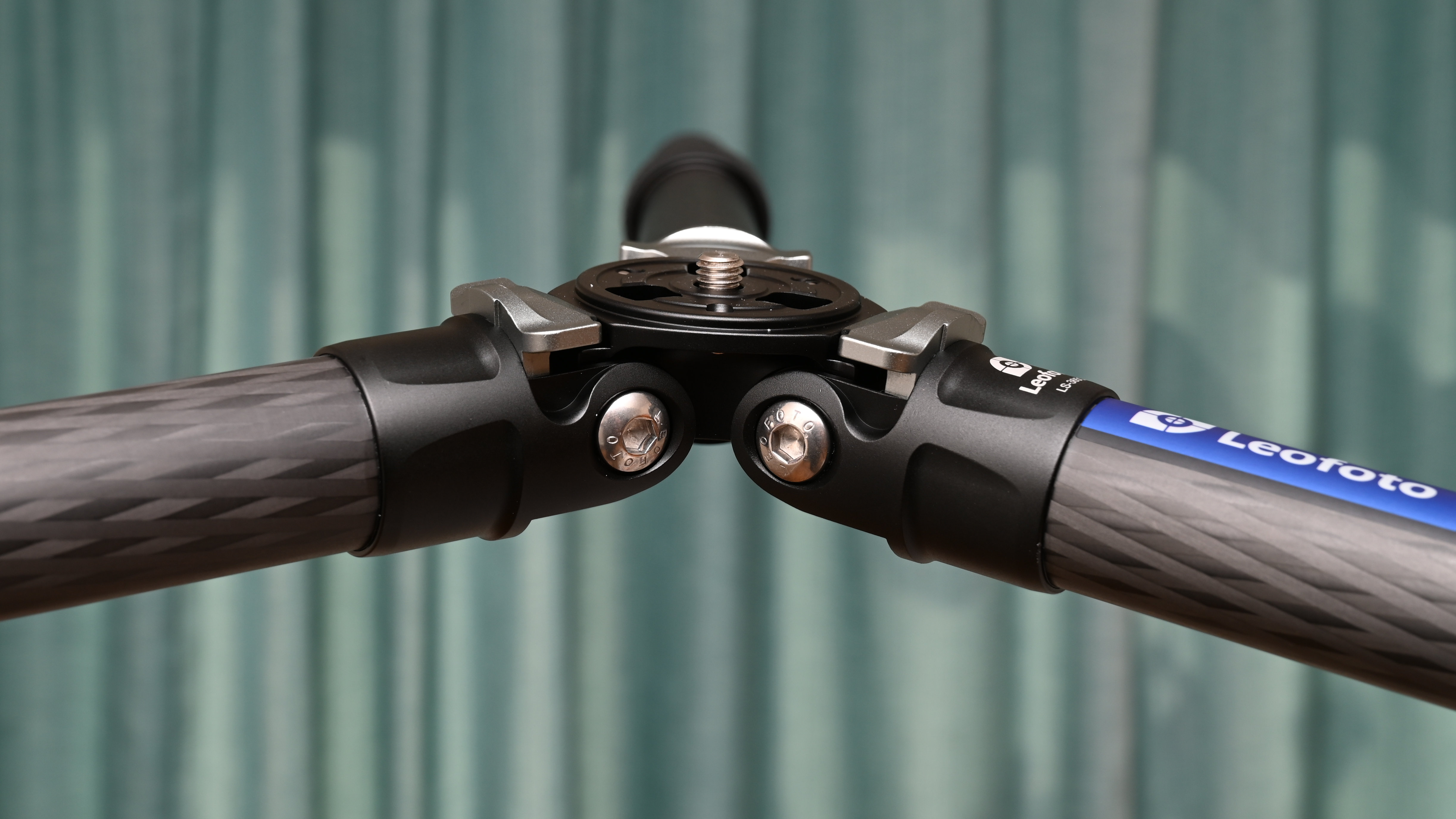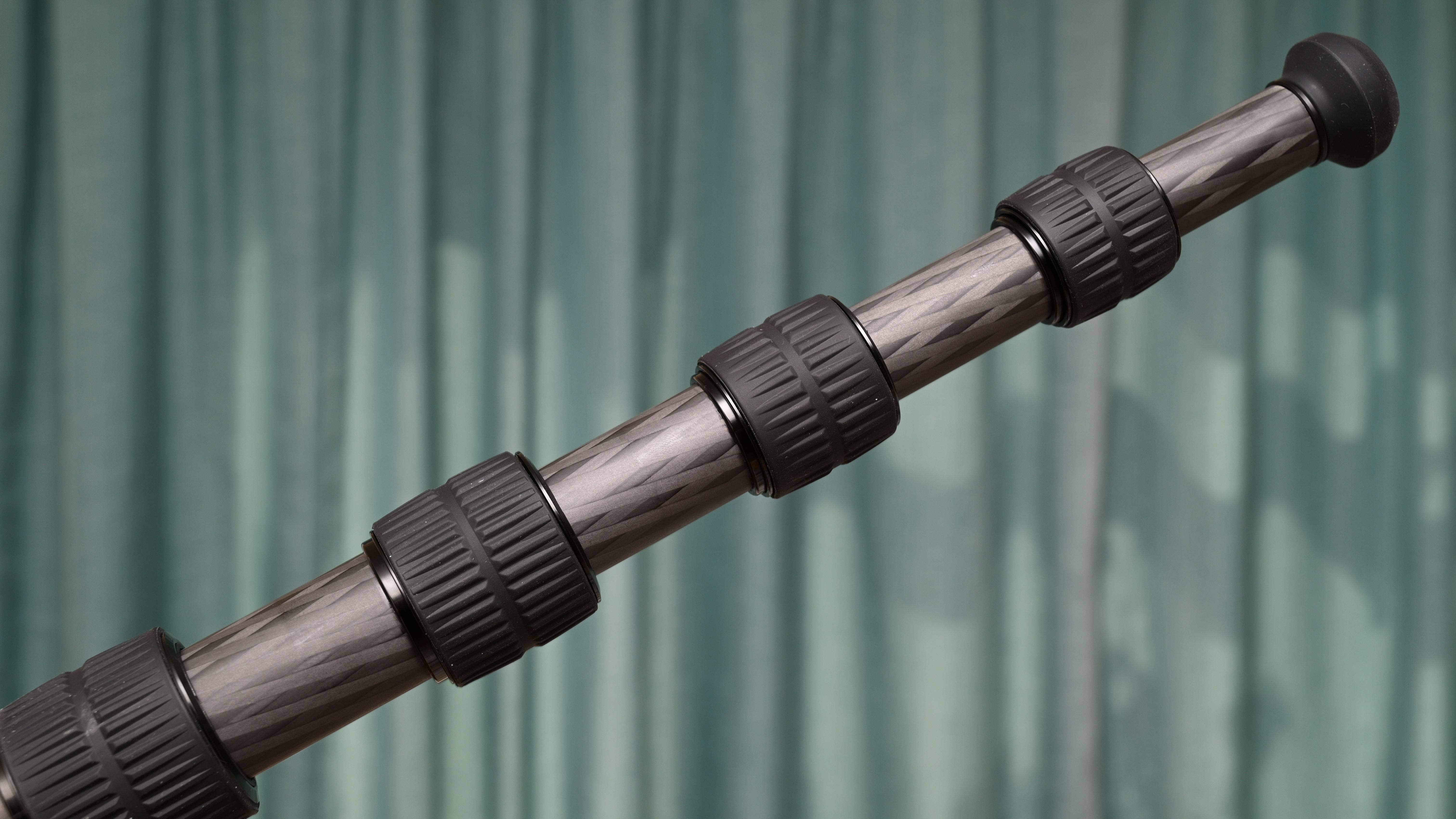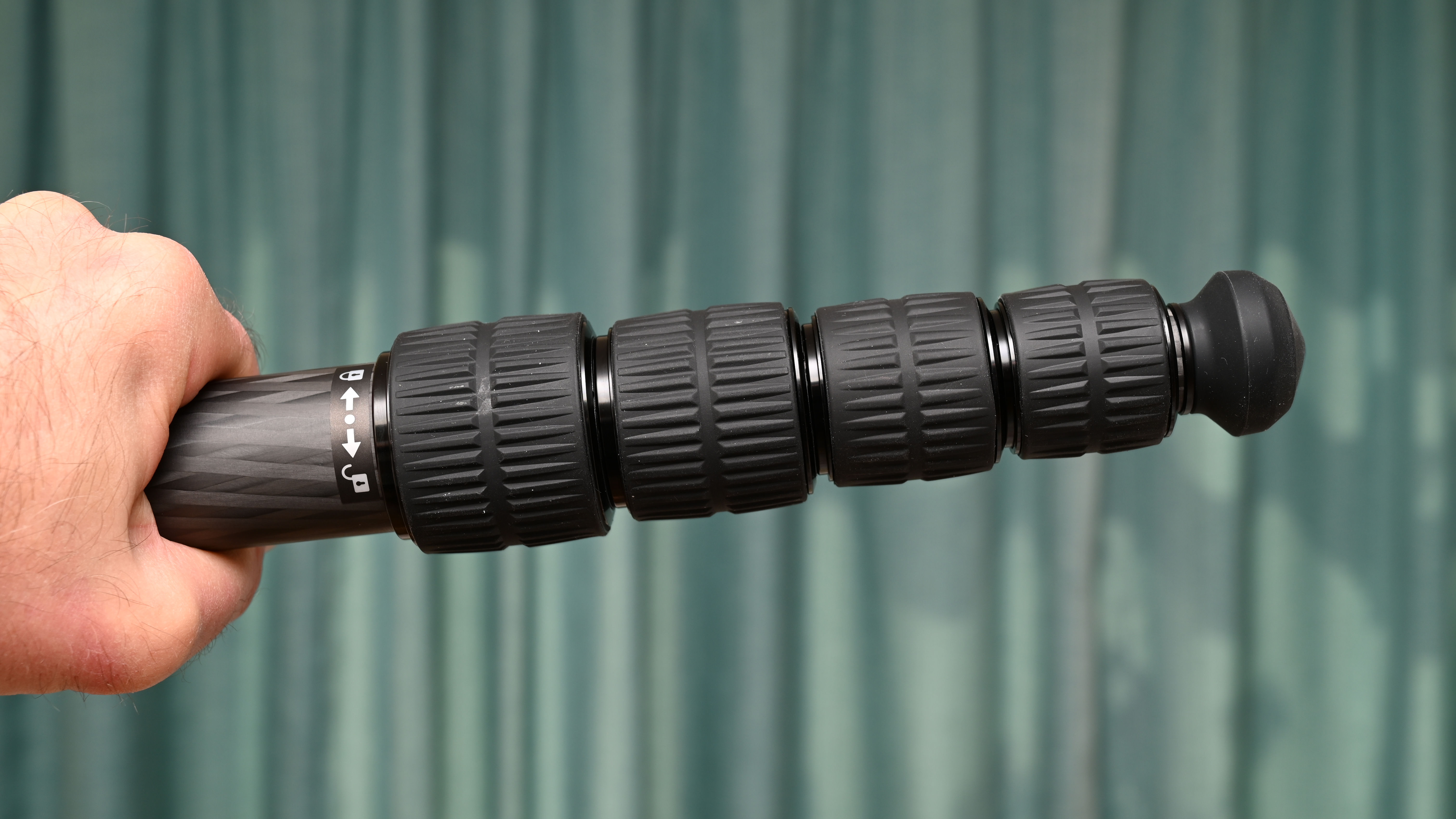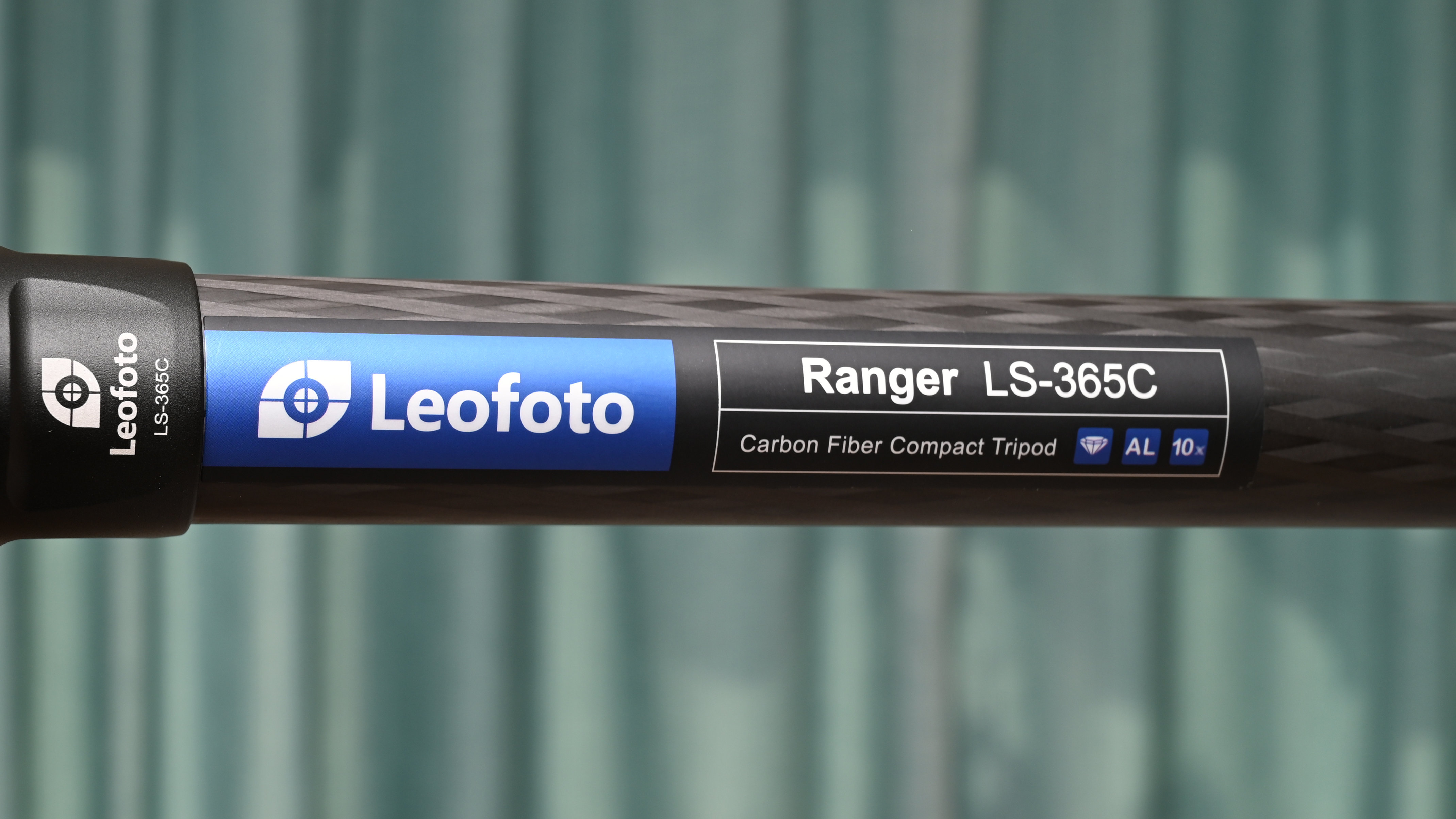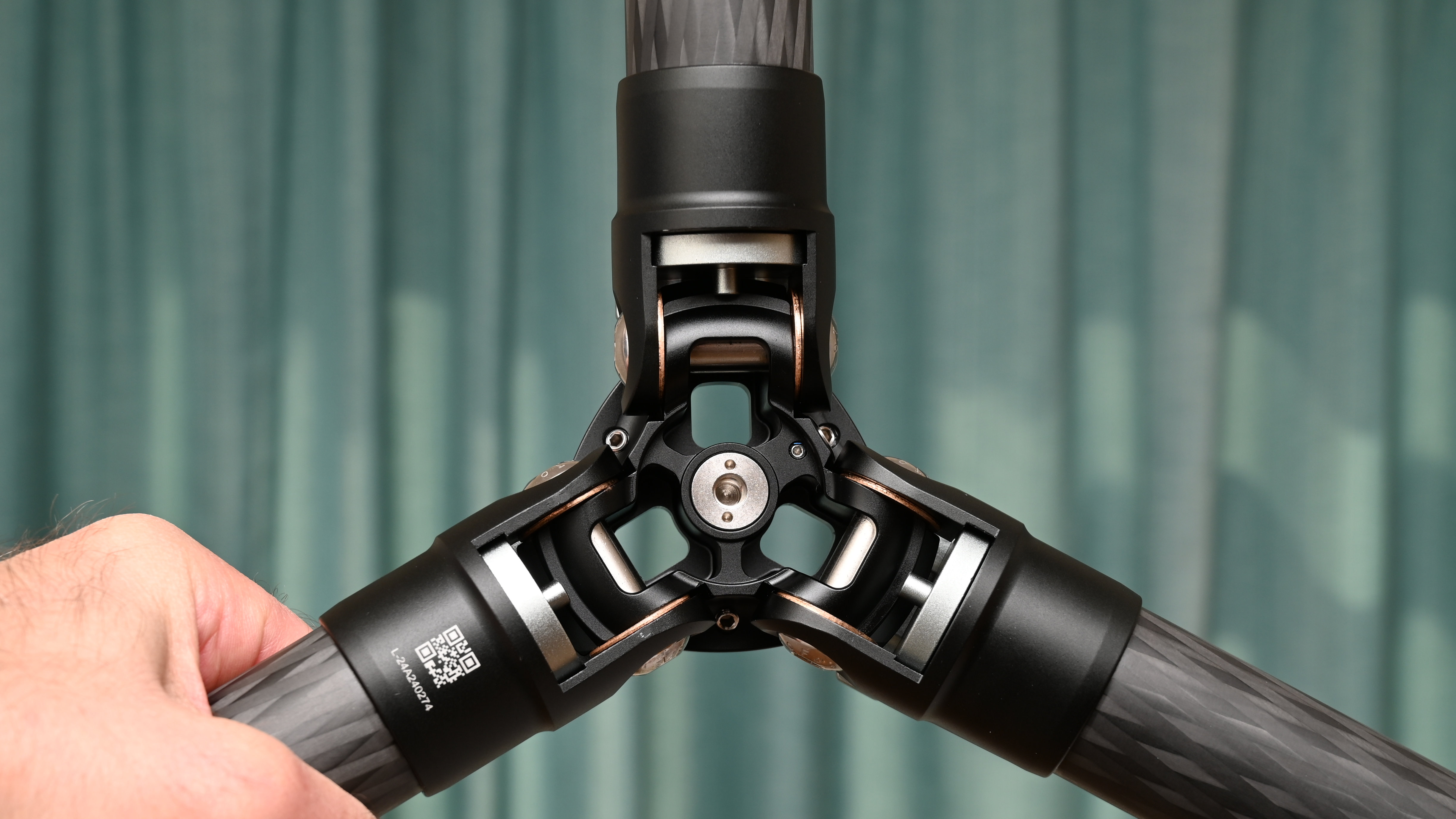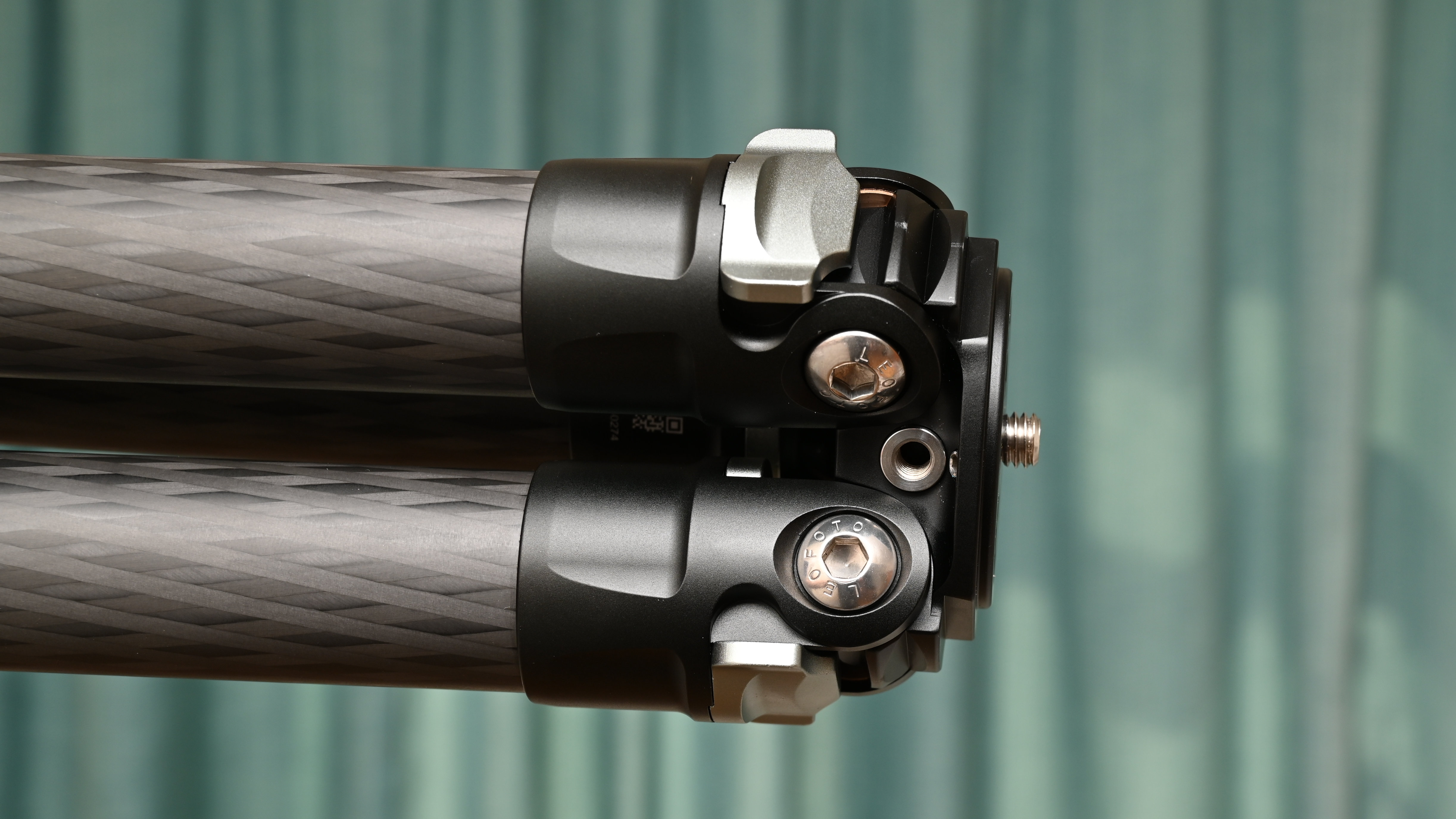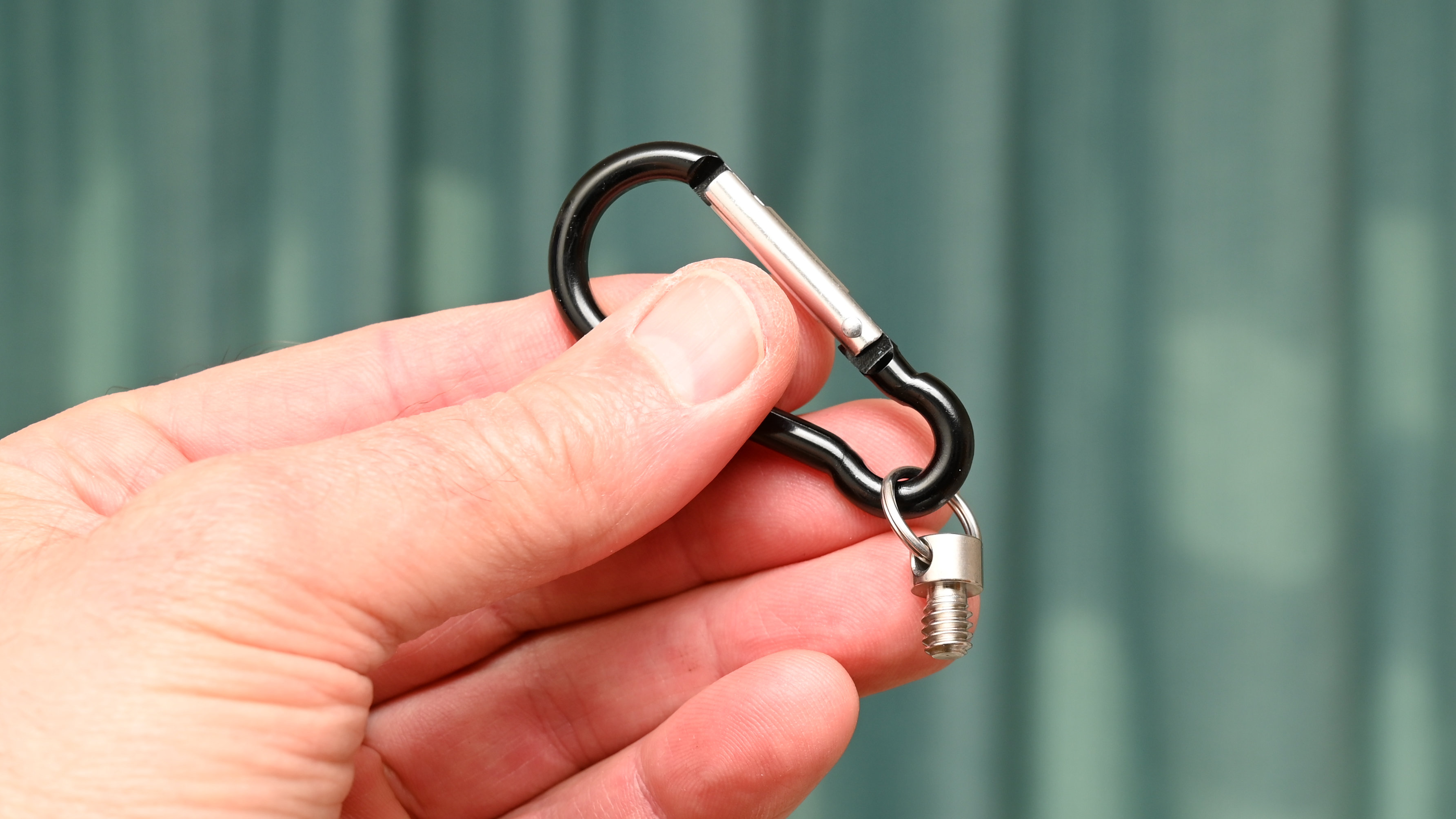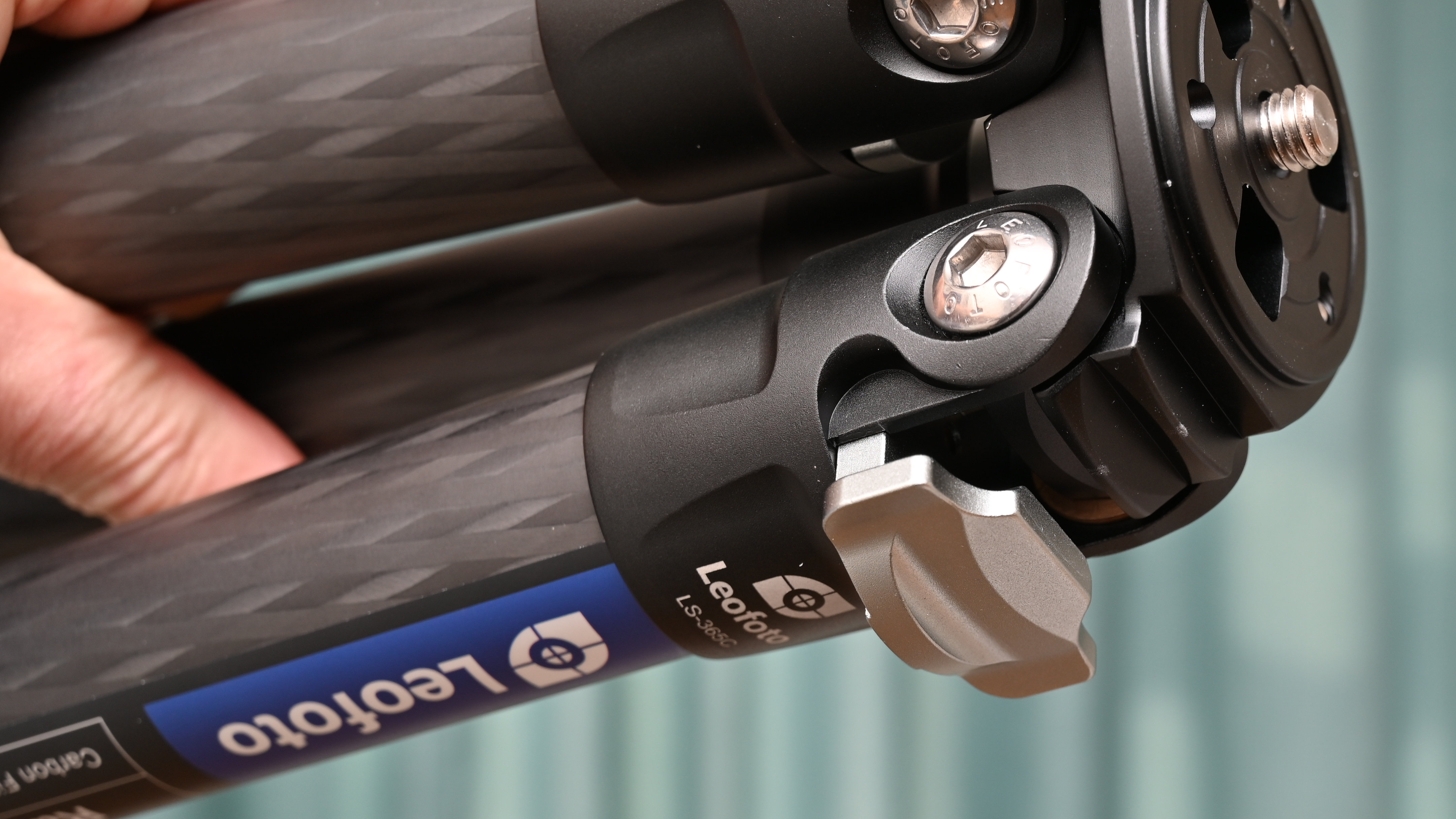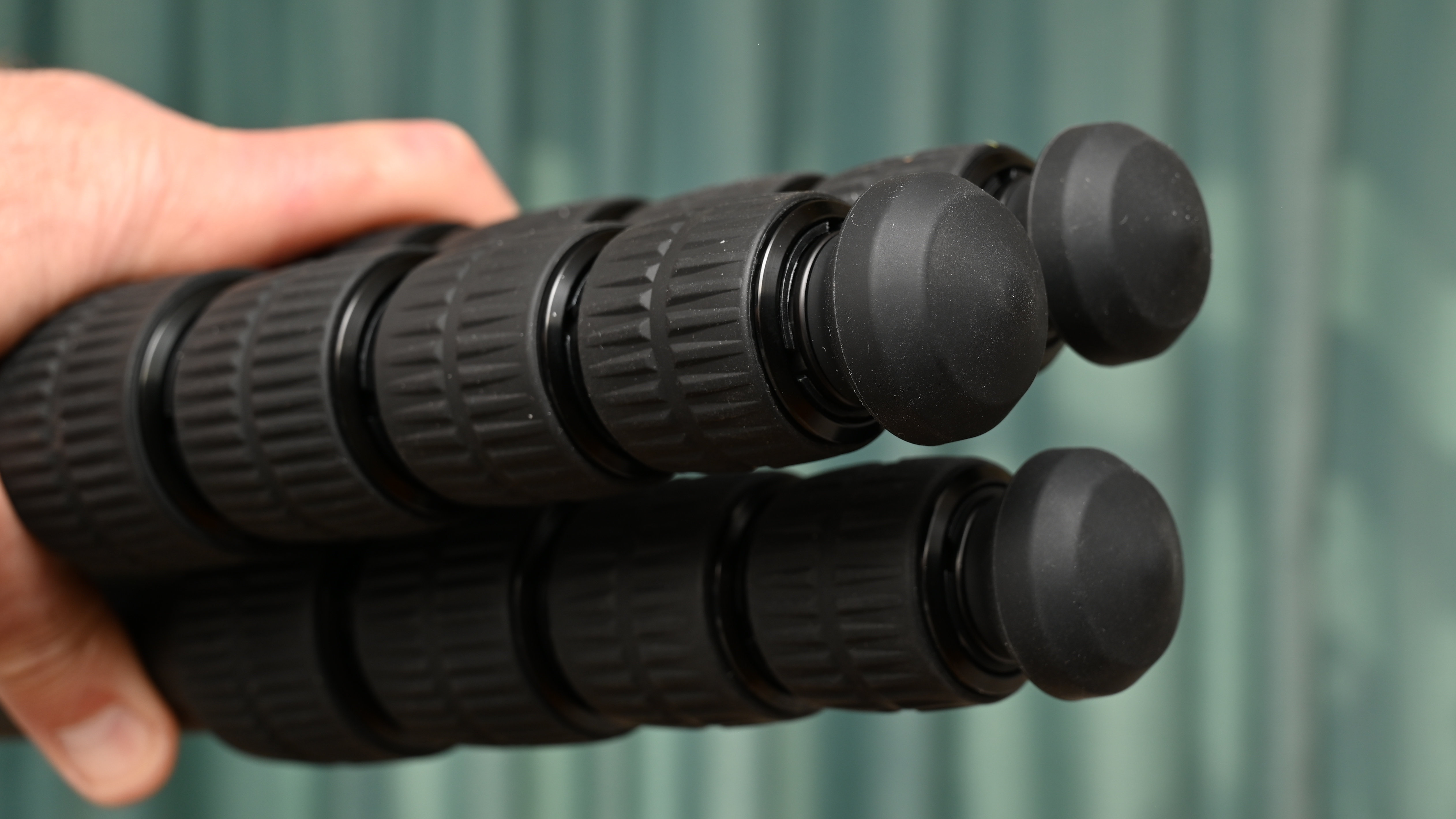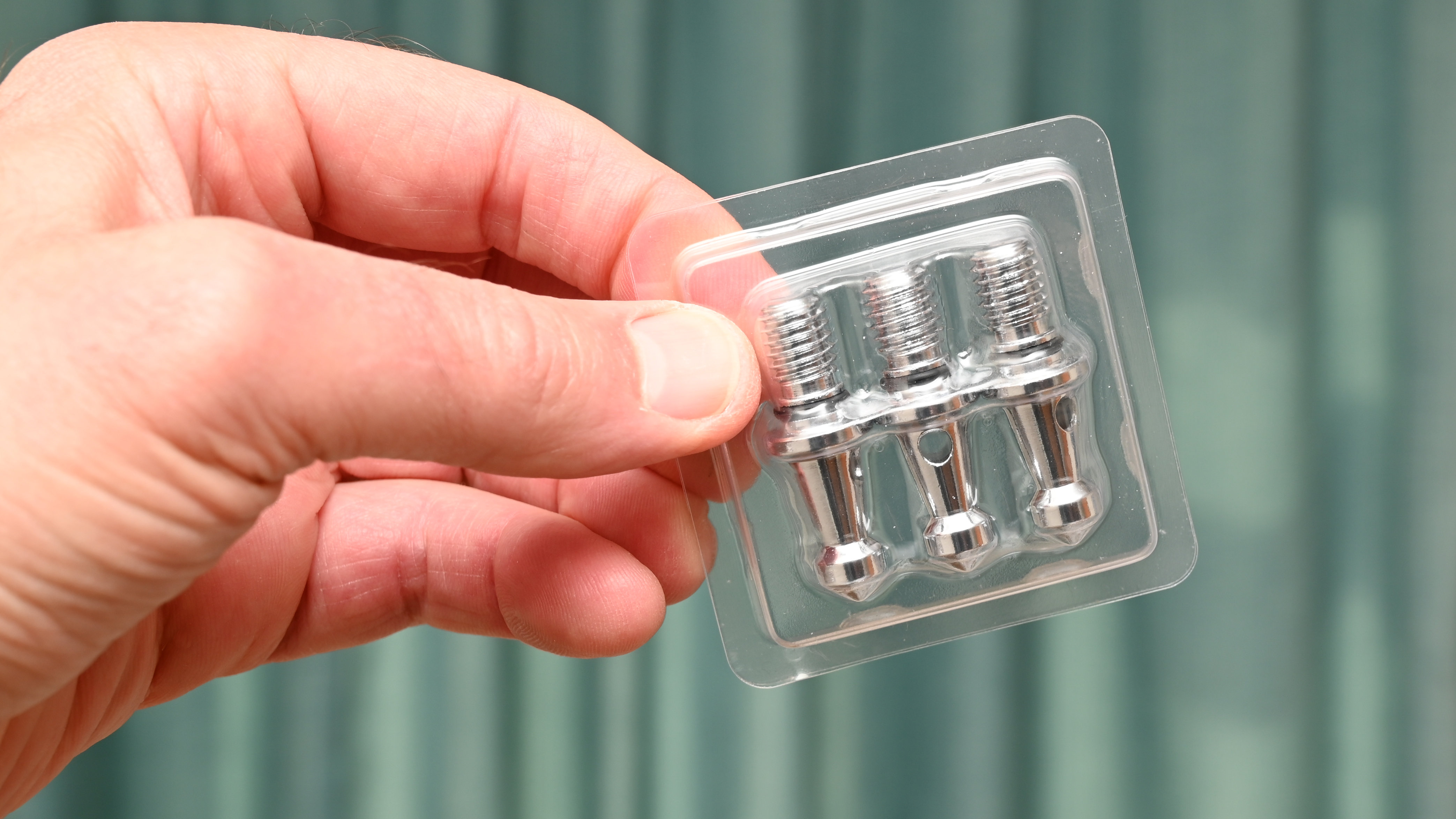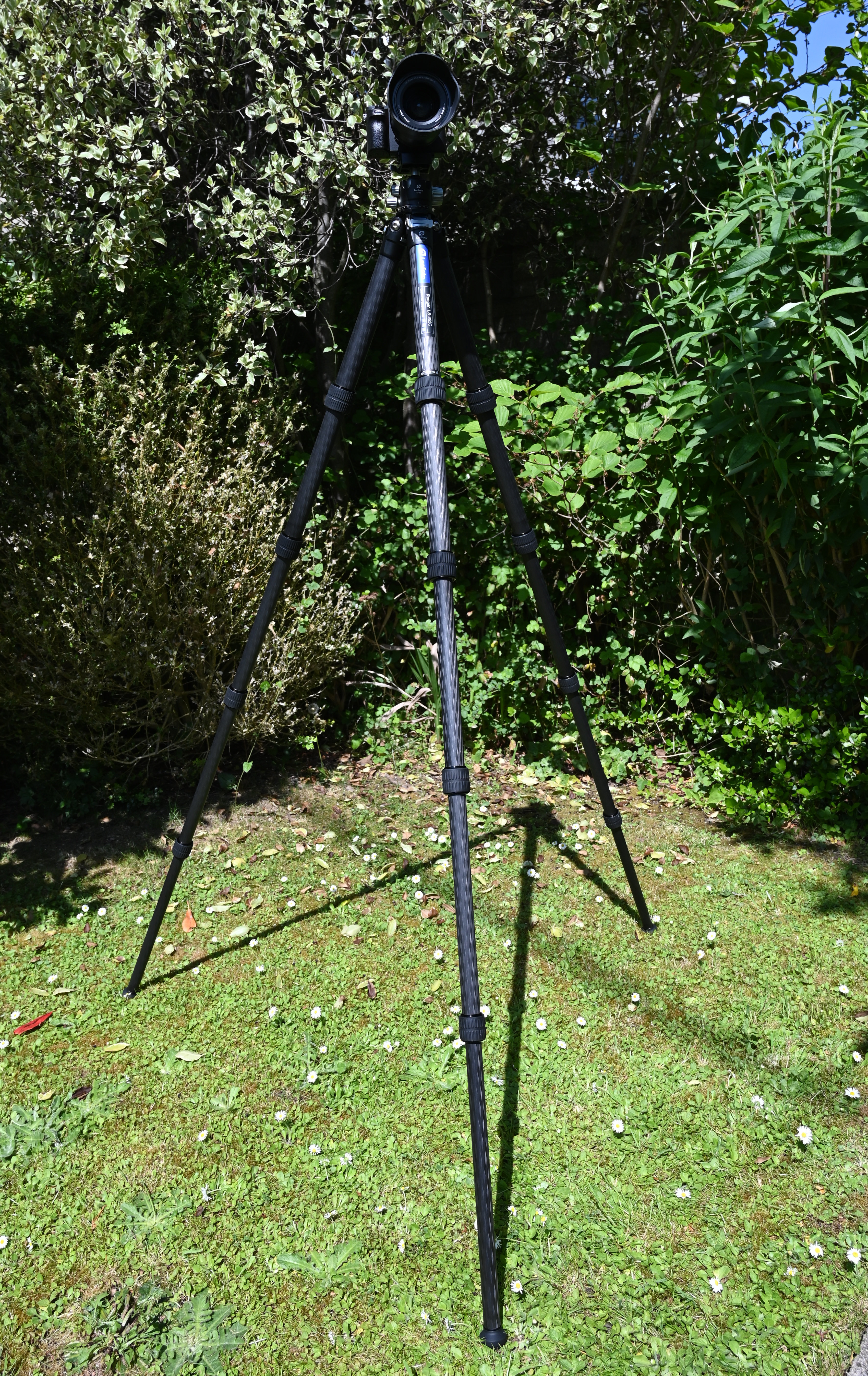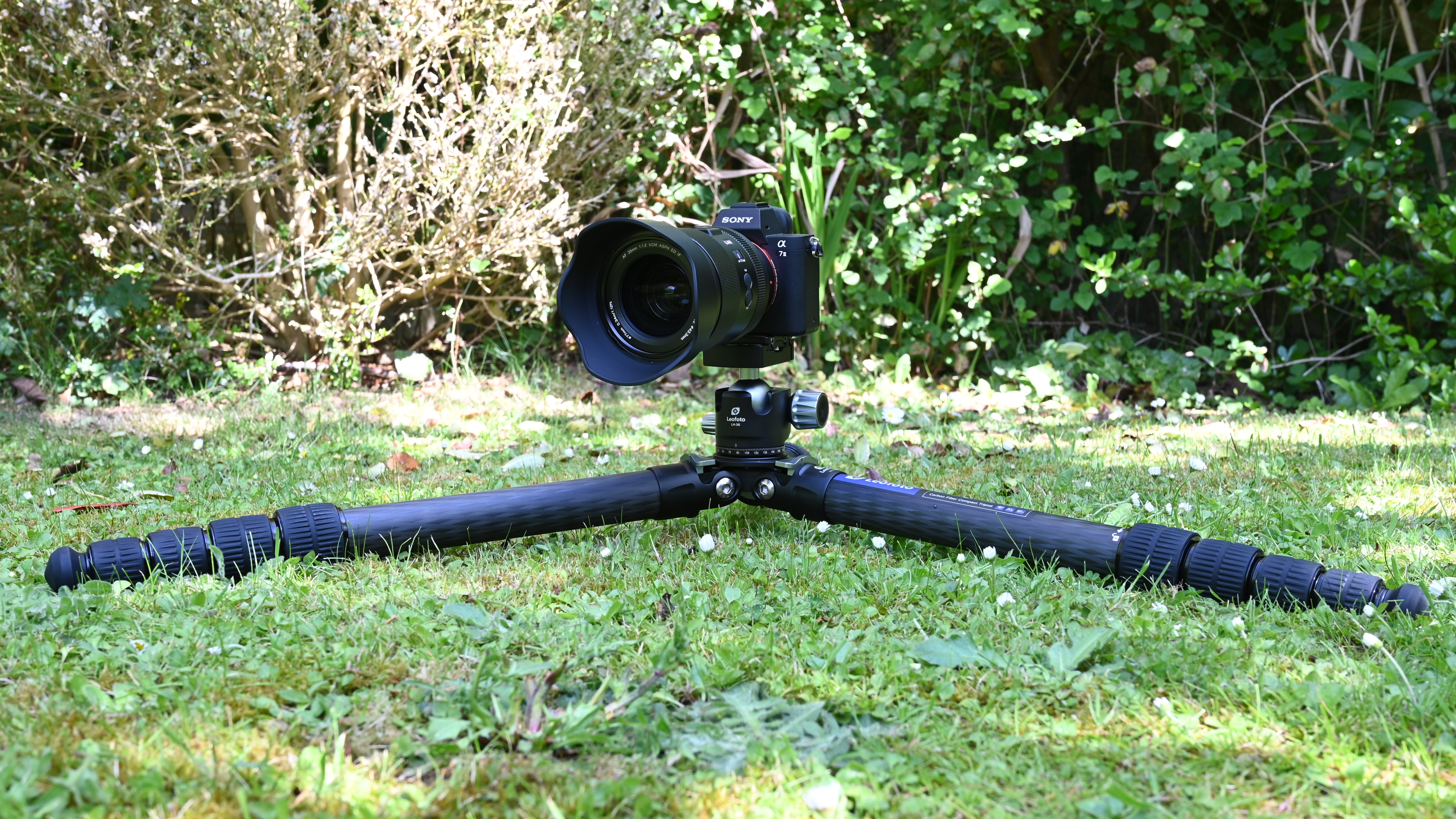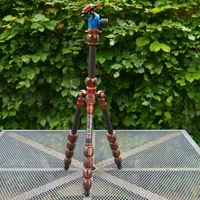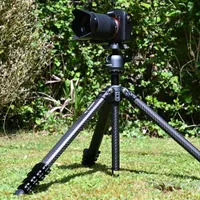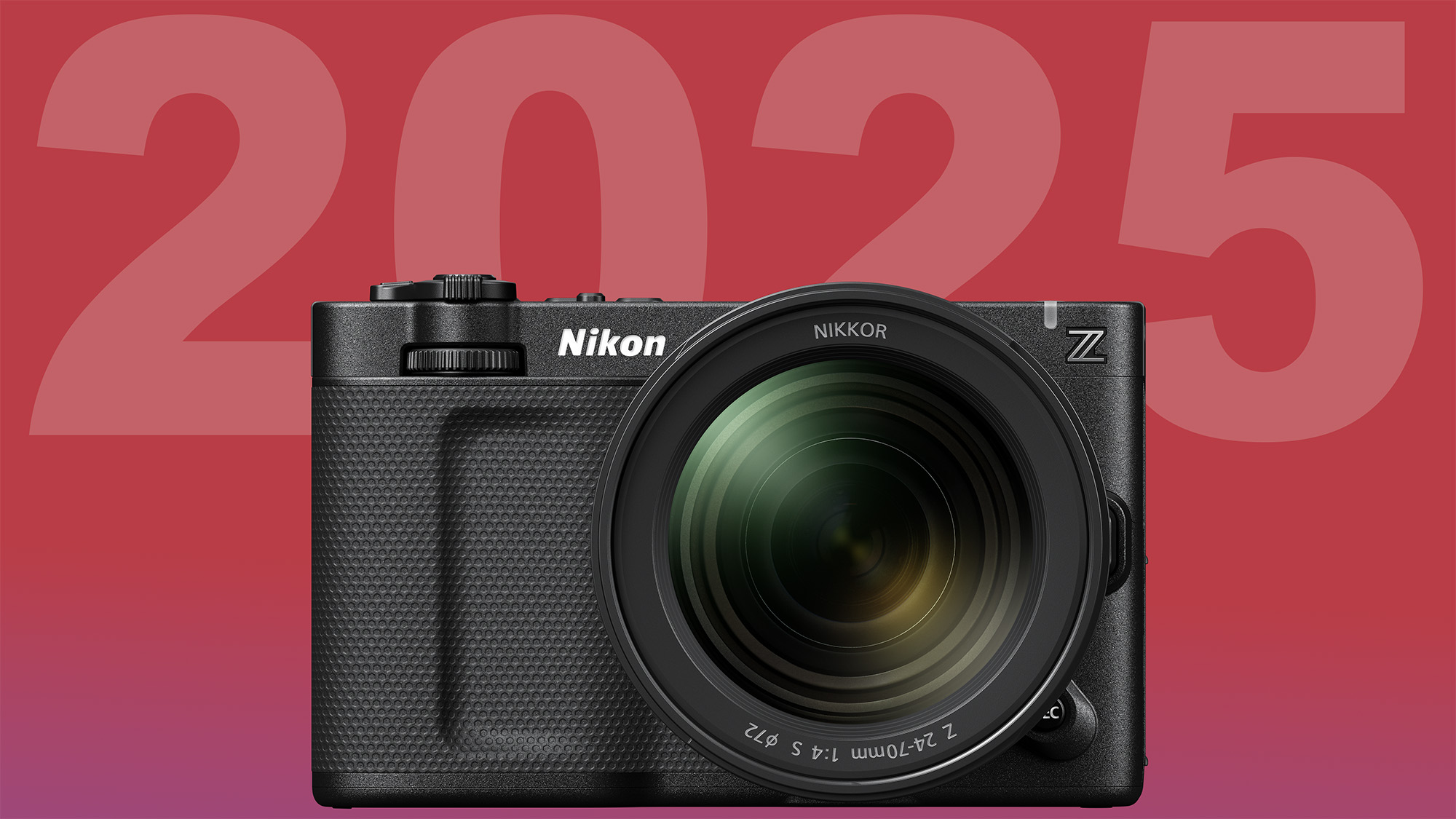Digital Camera World Verdict
I feel that the Leofoto Ranger LS-365C carbon fiber tripod bridges a gap. It’s as compact and lightweight as many travel tripods, but as rigid, sturdy and resistant to flexing as some of the most heavy-duty tripods on the market. That ticks a lot of boxes on my wish list, while the superb build quality and excellent all-round performance make it a great set of sticks.
Pros
- +
Super-sturdy and rigid
- +
Great build quality
- +
Chunky carbon leg sections
- +
Ultra-low-level shooting
Cons
- -
Not massively tall
- -
Head sold separately
- -
No center column
Why you can trust Digital Camera World
Leofoto has been going about the business of building tripods, heads and other photographic support systems since 2014. It’s built up a wide range of innovative and exciting products, currently available in more than 40 countries around the world. Unlike some Chinese manufacturers, Leofoto (part of Guangdong Laitu Imaging Technology Co.) majors on high-end kit with the emphasis on top-class performance and luxurious build quality. The products still tend to be good value but they certainly don’t come cheap.
That’s definitely the case with the Ranger LS-365C carbon fiber tripod that I’m reviewing here. It’s generally sold as a set of legs, to which you can add any Leofoto (or other make of) head separately, although some full kits are also available. When folded, the Leofoto is compact and lightweight, yet it reaches a generous maximum height and is super-sturdy. It therefore qualifies as one of the best travel tripods but also as one of the best tripods for photographers and best carbon fiber tripods.
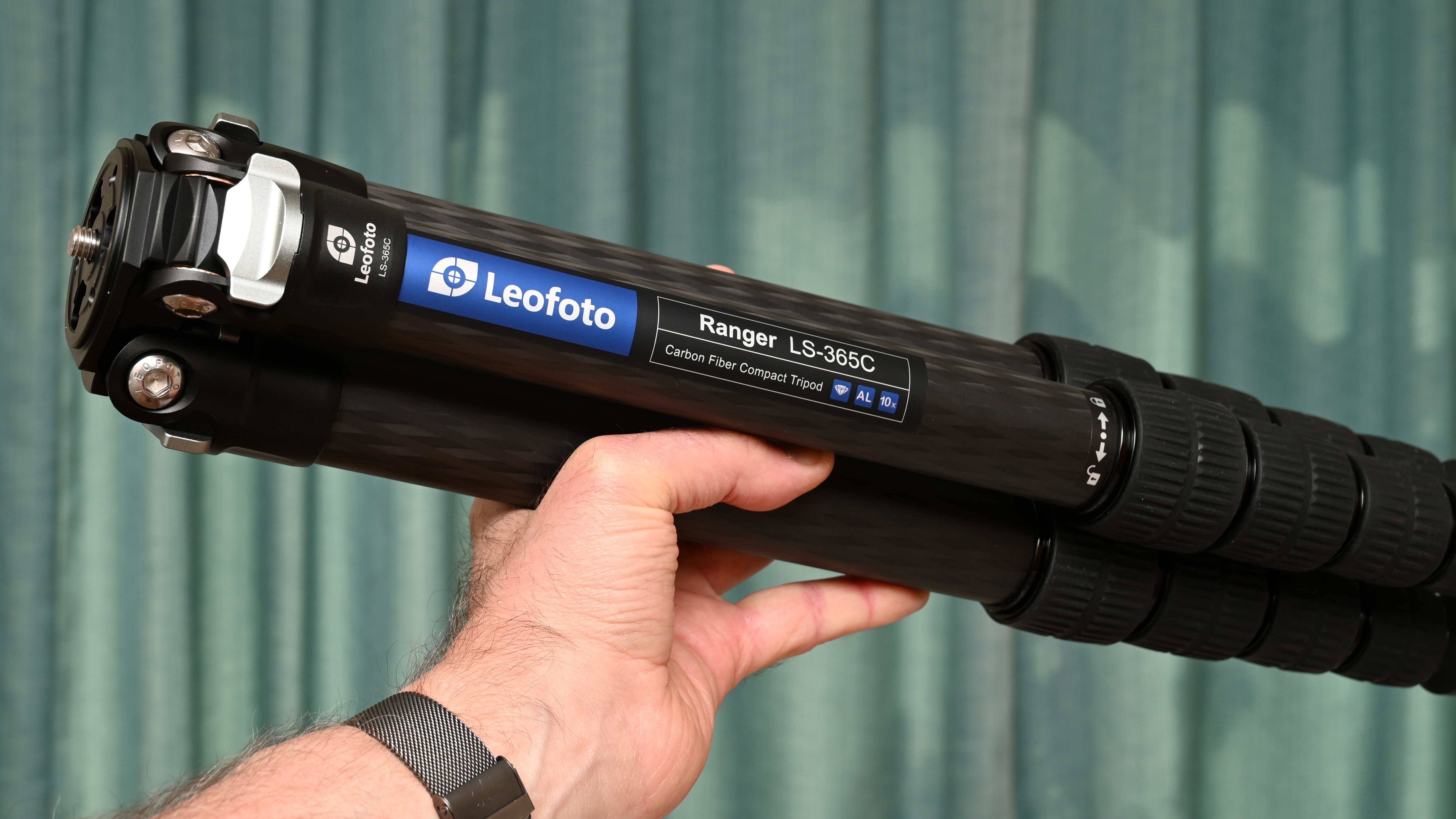
Leofoto Ranger LS-365C: Specifications
Material | Carbon fiber |
Maximum height | 152cm / 60" |
Folded height | 48cm / 18.9" |
Max load | 20kg / 44lb |
Weight | 1.77kg / 3.9lb |
Sections per leg | 5 sections |
Leofoto Ranger LS-365C: Price
There’s carbon fiber, and then there’s carbon fiber. Tripods of this type certainly aren’t all created equal, and there can be a big variance in the quality of the material. The same goes for the aluminum or magnesium alloy used in making other components. The Leofoto Ranger LS-365C uses some of the finest carbon fiber and top-quality aluminum for its fixings, so its price tag of $290 / £275 / AU$569 is easily justified. And putting its money where its mouth is, Leofoto backs up the tripod with a 10-year warranty.
Leofoto Ranger LS-365C: Design & Handling
In these days of optical and in-body image stabilization, I’m more tempted than ever to leave my tripod at home when I’m venturing out on a photo trip. The bigger and clunkier the tripod, the less chance it has of coming along for the ride. The Ranger LS-365C is sufficiently compact and lightweight to earn a place on my packing list, as it folds down to just 48cm / 18.9” in length and weights a mere 1.77kg / 3.9lb. I should point out though, that’s just for the legs, which don’t have a swing-up design, so you need to factor the height as well as the weight of your tripod head into the equation.
Like many travel tripods that set out to be super-small for stowage, the Leofoto has 5-section legs. We all know what that means. The compact form factor with 5 telescoping sections means that the bottom section of each leg is horribly thin and spindly, prone to flexing and vibrations. The Leofoto bucks the trend, bigtime. The top section has an oversized diameter of 36mm / 1.4” and as you work your way down to the bottom, even the lowest section still has a relatively chunky 22mm / 0.87” diameter.
Naturally the major attraction of 5-section legs is that they enable a tripod to fold down small, yet reach a generous maximum operating height. That’s typically further boosted by a center column, sometimes having its own dual telescoping sections for adding even more height. The center column in this case again bucks the trends, because there isn’t one. For many, that’ll be a disadvantage, but the maximum height is still pretty good at 152cm / 60" (again, without a head that adds extra height). There are actually a plus points in the absence of a center column. First up, you can shoot from ultra-low-level angles without having to remove and invert the center column, shooting with the camera upside down. An even bigger attraction for some will be that the absence of a center column enables a more slimline design, further boosting the tripod’s travel-friendliness.
Sticking with the 5-section legs for a moment more, that equates to four section clamps per leg to content with, making 12 clamps altogether. The Leofoto uses twist-action clamps. I’ve often seen these advertised as requiring just a quarter of a turn to enable full release and full clamping of each section, but the reality can be very different. In this case, the tripod lives up to its claims. Operating the twist clamps is superbly quick and easy, and they’re based on single-piece shims rather than 2-piece units, making them easier to clean and less prone to failure.
The best camera deals, reviews, product advice, and unmissable photography news, direct to your inbox!
Let’s take a look at the actual quality of the carbon fiber. There are certainly no corners cut here. Despite the tripod being made in China, the ‘Toray 100%’ carbon fiber comes from Japan and has a full 10 layers in each section, complete with a cross-rhombus design to add strength and rigidity, while reducing unwanted vibrations.
The metal parts of the tripod follow suit in the quality stakes, being CNC machined from aircraft grade aluminum and finished off with military grade hard-anodizing. As I’ve mentioned, the lack of a center column enables a slimline design and the metal spider at the top of the legs is suitably small. Even so, it has a generously sized 60mm / 2.36” diameter mounting plate, for attaching heavy-duty heads. I’d expect nothing less, as the legs have a beefy 20kg / 44lb load rating. To fit the head, there’s the usual 3/8” threaded stud, along with no less than three hex screws to firmly lock the head in place so it doesn’t work loose.
You might want to fix more than just your camera on a tripod, especially if you’ve got the likes of a magic arm, LED lamp, microphone or maybe a monitor screen to support. The Leofoto obliges with a 1/4” threaded socket on the side of the spider, and another one on the underneath.
Another option for the lower socket is to use a weight hook, for adding ballast and helping the tripod to stand firm in blustery outdoor conditions. The one supplied with the tripod is based on a carabiner that attaches to the lower socket via a 1/4” screw.
Naturally, you won’t want to attach anything underneath the spider if you’re taking advantage of the ultra-low-level facility. As with many tripods, there are three separate locking leg angles, in relation to the center column. These are often tackled with varying degrees of difficulty but, in this case, the system is super-simple. You simply pull out the locking plate and swing the leg to its uppermost position. As you swing the leg back downwards again, the lock springs into action automatically as it passes each locking position. Wider leg angles make the tripod more secure in low-level shooting, while the availability of different angles make it easier to work on tricky terrain, or around obstacles.
The feet attached to the bottom of the legs are large and firm rubber pads, which work very well on most surfaces. That said, metal spikes are generally preferred for very loose ground and, catering to this, the tripod is supplied with an additional set of screw-in spikes which are easily interchangeable.
Leofoto Ranger LS-365C: Performance
I’ve touched on various aspects of performance already but let’s focus on all the key aspects in one place. For a tripod to ‘perform’ it needs to be sufficiently compact and lightweight for me to consider taking it on the journey. This one fits inside a backpack, as well as just giving the option of strapping it to the outside, so that’s the first hurdle overcome. It also has to be quick and easy to use. Despite having five sections per leg, the Leofoto is amazingly quick to set up. The twist-action section clamps operate with speedy efficiency.
A nasty trick that I often use to test a tripod’s resistance to vibration is to set it up at maximum operating height on a hard floor, then to give a sharp tap to a leg with one of my knuckles. I’ve used travel tripods and even full-sized tripods where the legs carry on oscillating for several seconds after being tapped. The Leofoto absorbed all vibrations almost immediately. It’s also very firm and rigid at its maximum height, with all five sections of each leg fully extended.
For shooting video as well as stills, I often find that I can get a more interesting take on things by shooting from a really low level. The omission of a center column enables the Leofoto to shrink down almost to absolute ground level, and I like that I can do this without having to remove the center column, invert it, refit it and then shoot with the camera inconveniently upside down. The mechanism for actually selecting different leg angles is again very quick and easy to use. All in all, performance is absolutely top-drawer.
Leofoto Ranger LS-365C: Verdict
I love this Leofoto tripod. It’s small enough to pack away in tight spaces and refreshingly lightweight, with a really luxurious carbon fiber construction. The omission of a center column has upsides including the fitment of really chunky, heavy-duty leg sections packed into a small overall diameter when the tripod is folded down. It also enables ground-level shooting with speed and ease. The maximum operating height of 152cm / 60" (legs only, without head) isn’t overly generous but generally proves more than adequate for my needs. All in all, this is one seriously great set of legs.
Features ★★★★★ | 5-section legs enable compact stowage and a good maximum height, no center column enables ultra-low-level shooting. |
Design ★★★★★ | Top build quality is based on 10-layer carbon fiber and aviation grade aluminum fittings with military grade anodizing. |
Performance ★★★★★ | From ultra-low to full height, the tripod is remarkably resistant to vibrations and super-sturdy, with a 20kg / 44lb load rating. |
Value ★★★★☆ | It’s pretty pricey for a set of tripod legs with no head included, but well worth the money. |
Alternatives
The 3 Legged Thing Leo 2.0 + AirHead Pro folds down to just 37.4cm, weighs 1.85kg and has a super-sturdy 30kg load rating, complete with ball head, but it only stretches to a maximum operating height of 146cm.
The Neewer LiteTrip LT38 carbon fiber travel tripod has shaped legs that fit around its center column, to reduce the overall diameter when folded. This one has a splitable center column which is effectively another way of enabling ultra-low-level shooting.
Matthew Richards is a photographer and journalist who has spent years using and reviewing all manner of photo gear. He is Digital Camera World's principal lens reviewer – and has tested more primes and zooms than most people have had hot dinners!
His expertise with equipment doesn’t end there, though. He is also an encyclopedia when it comes to all manner of cameras, camera holsters and bags, flashguns, tripods and heads, printers, papers and inks, and just about anything imaging-related.
In an earlier life he was a broadcast engineer at the BBC, as well as a former editor of PC Guide.
You must confirm your public display name before commenting
Please logout and then login again, you will then be prompted to enter your display name.
